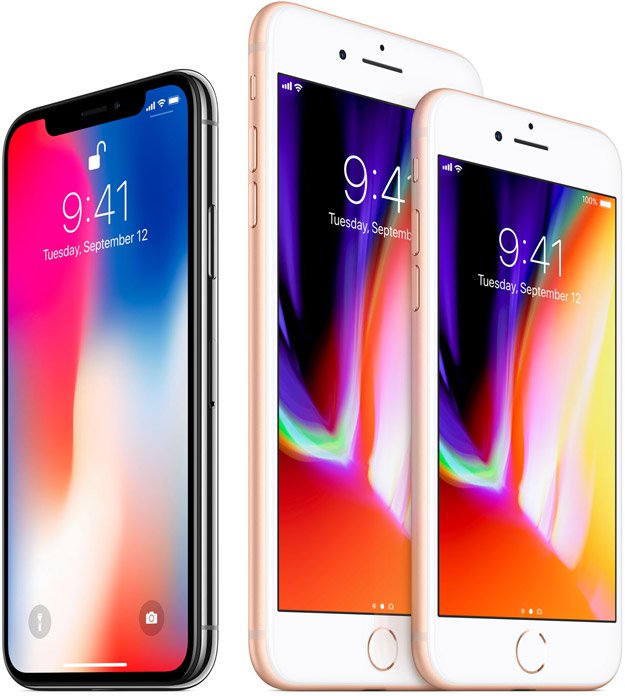LiberiOS iOS 11 Jailbreak Hits iPhone 8 And iPhone X, Here's How To Install It
Today, there's a fully-fledged jailbreak that has been released for Apple's current generation of smartphones, which include the iPhone 8, iPhone 8 Plus and iPhone X (and all other 64-bit iOS devices for that matter). The jailbreak, which is called LiberiOS, was developed by Jonathan Levin.

There are some downsides to this jailbreak, however, and proceeding any further should only be carried out by the most ardent tweakers/hackers. First off, LiberiOS is only available for iOS 11 through iOS 11.1.2. If you've upgraded to iOS 11.2 or iOS 11.2.1, you're out of luck. Since Apple has stopped signing anything older than iOS 11.2, there's no way to downgrade to take advantage of the jailbreak.
The second issue is more of an annoyance than a true deal breaker. When it comes to jailbreaks, the "holy grail" is an untethered solution, which persists even after an iPhone is rebooted. However, LiberiOS is a tethered jailbreak, meaning that you will have to re-jailbreak after every reboot. You will also need to resign the jailbreak once a week.
Finally, Cydia hasn't yet been updated to support iOS 11.x, although we expect this will be taken care of sooner rather than later.
However, if all of these "problems" aren't enough to deter you, here's how you'll want to proceed with the LiberiOS jailbreak:
- The first step of course is (as always) connect your iPhone to your Windows PC or Mac to perform a full backup via iTunes. This way, if you get into any trouble with the jailbreak, you should be able to put your device into recovery mode and restore to a "clean" state. You'll also need to have an Apple developer account -- it can be either a free or paid account; it doesn't matter in this instance.
- You'll want to download and install the Cydia Impactor tool, which you will use to transfer the IPA image file from your computer to your iPhone. It can be downloaded readily from this website. Once installed, you will need to drag the LiberiOS IPA directly into the UI of Cydia Impactor to sideload the app.
- With that step out of the way, navigate to Settings --> Profiles and Device Management and select the profile for the LiberiOS jailbreak.
- Once all this is done, you should be able to back out to the iOS home screen and find a newly installed LiberiOS app. Tap to run the app, then tap the "Do It" button. After waiting for the app to do its magic, you should be greeted with a screen that says that your jailbreak has been successful.
As we have previously stated, there are a lot of caveats to this jailbreak, but its release shows that there is still some life left in the iOS jailbreak community.

